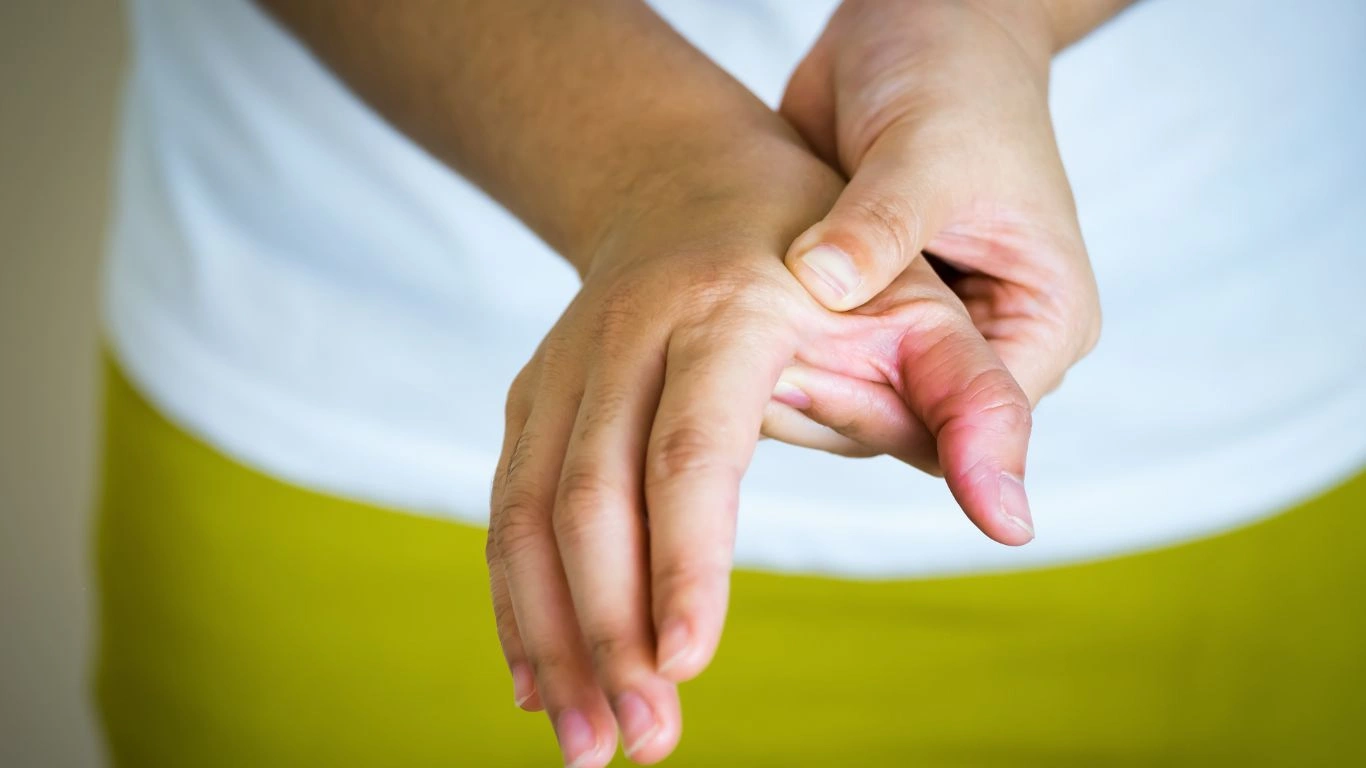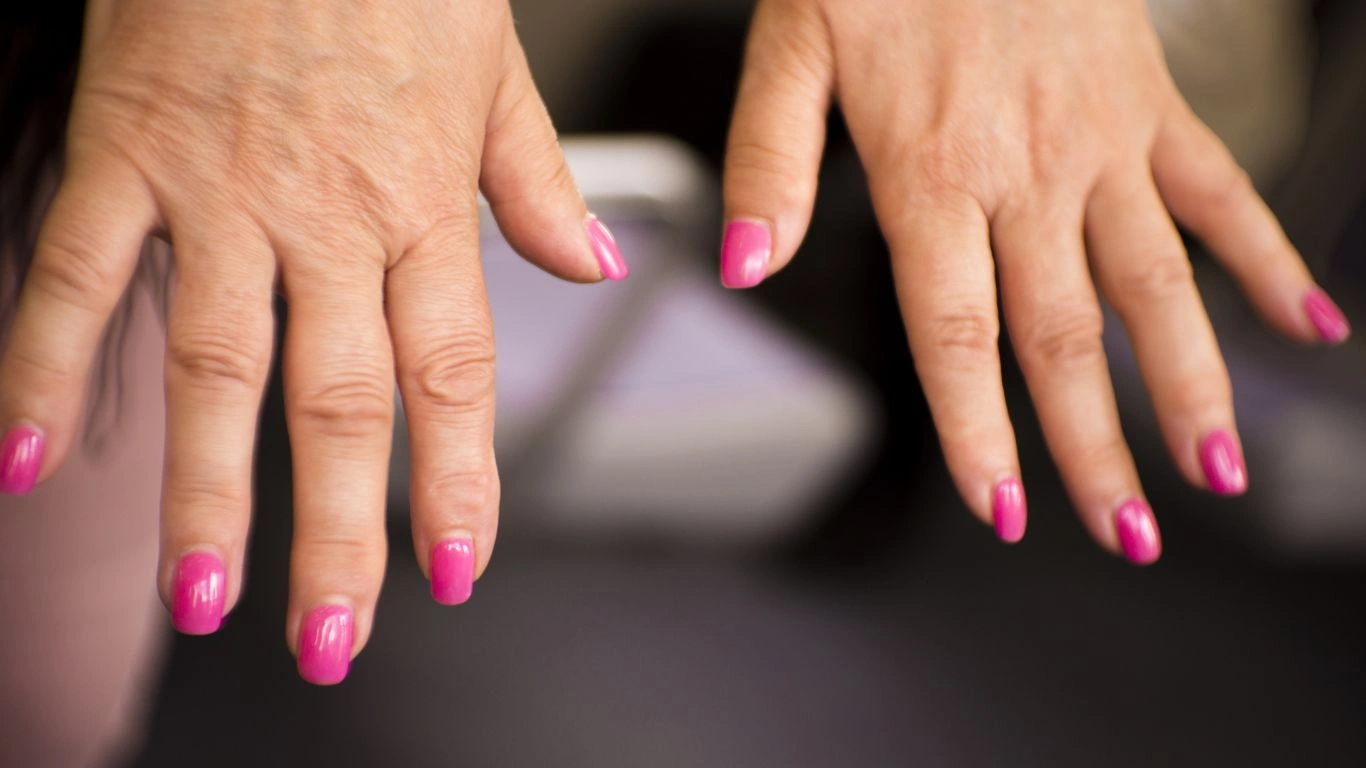Holistic Care Approaches for Rheumatoid Arthritis: Embrace Natural Healing
Looking for a way to manage rheumatoid arthritis naturally? It’s possible to embrace holistic care approaches that focus on the body as a whole, combining lifestyle changes, nutrition, and therapies to support overall health. Let’s dive into how you can feel better and take control of your health beyond the usual meds.
If you’ve been living with rheumatoid arthritis (RA), you know it’s more than just joint pain. It’s a whole-body condition that can make daily life tough. You may have already tried the typical treatment options, like medications or physical therapy, but maybe you’re looking for something a little more natural. That’s where holistic care comes in.
In this guide, we’ll explore holistic approaches to managing RA, from diet and exercise to mind-body practices and alternative therapies. Let’s talk about how integrating these can help you feel better—physically and mentally.
Why Holistic Approaches for RA Work
RA isn’t just a problem with your joints; it’s an autoimmune disorder where your immune system attacks the healthy tissues in your body. That means your treatment needs to be multi-faceted, addressing not just the symptoms but the whole person.
Holistic care focuses on treating the whole person rather than just managing symptoms. This can involve:
- Nutrition: Eating anti-inflammatory foods to support joint health.
- Exercise: Finding movement that doesn’t strain but strengthens the body.
- Mind-Body Connection: Using relaxation techniques and mindfulness to reduce stress (which can actually make RA worse).
- Alternative Therapies: Exploring acupuncture, massage, or supplements.
Let’s break down some of these holistic approaches to see how they might fit into your life.

1. Eating an Anti-Inflammatory Diet
One of the first things you can do is improve what’s on your plate. Inflammation is a big part of RA, and certain foods can either worsen or help calm that inflammation.
What to Eat:
- Omega-3-rich foods: Think salmon, walnuts, chia seeds, and flaxseeds. These foods can help lower inflammation in the body.
- Fruits and Veggies: Especially ones like berries, spinach, and kale that are high in antioxidants.
- Turmeric & Ginger: These two are known for their anti-inflammatory properties. A nice spicy curry, anyone?
What to Avoid:
- Refined Carbs & Sugars: They can cause spikes in inflammation. Try cutting back on sugary snacks and processed foods.
- Saturated Fats: Found in red meat and full-fat dairy, these can also increase inflammation.

2. Gentle Movement and Exercise
While it might sound counterintuitive to exercise when your joints are hurting, moving your body can actually help reduce pain and improve function. It’s all about finding exercises that work for YOU without straining your body.
Options to Try:
- Yoga: A great choice for people with RA because it combines gentle stretches with deep breathing. It can help with flexibility, strength, and reducing stress.
- Swimming: The water helps support your body, so it’s easy on the joints while giving you a good workout.
- Walking: Simple, but effective. Just a short walk every day can keep you moving without overdoing it.
3. Mind-Body Practices to Reduce Stress
Living with chronic pain can be exhausting, and stress often makes the pain worse. Stress can trigger inflammation and flare-ups, so it’s super important to manage it. This is where mind-body practices come in.
Practices to Consider:
- Meditation: Even just 5–10 minutes a day can help reduce stress and keep your mind calm. You could try guided meditations on YouTube or use an app like Headspace.
- Breathing Exercises: Techniques like deep belly breathing can help reduce muscle tension and calm your nervous system.
- Mindfulness: Focusing on the present moment can ease pain perception and help you feel less overwhelmed.
4. Acupuncture and Massage
Alternative therapies like acupuncture and massage are popular for helping manage chronic pain. Studies have shown that acupuncture can help reduce RA symptoms by stimulating certain points in the body, and regular massage can improve circulation and decrease muscle tension.
How They Help:
- Acupuncture: Involves inserting fine needles into specific points of the body to relieve pain and improve energy flow. It’s been shown to help reduce RA pain and stiffness.
- Massage: Can increase blood flow to affected areas, relax muscles, and ease joint tension. Regular sessions with a licensed massage therapist could really help your comfort levels.

5. Supplements for RA
There are a ton of supplements that may help support joint health and reduce inflammation. While you should always check with your doctor first, here are a few popular options:
- Fish Oil: Rich in omega-3s, it can help reduce inflammation.
- Vitamin D: Low levels of vitamin D are common in people with RA. Supplementing can help improve bone health.
- Glucosamine & Chondroitin: These can help support cartilage and reduce joint pain.
Just be cautious with supplements—some can interact with medications, so it’s always a good idea to chat with your doctor before adding anything new to your routine.
6. Rest and Sleep
When your body is fighting inflammation, it’s crucial to give it time to rest and recover. Make sure you’re getting enough sleep, and don’t be afraid to rest during the day if you need to. Proper sleep helps your body repair itself and can reduce overall inflammation.
7. Building a Support System
Having a support system isn’t just nice; it’s essential. Dealing with a chronic condition like RA can feel isolating at times, so having a group of people to lean on can make a huge difference in how you manage the disease.
Support could come from:
- Family and Friends: Make sure you communicate with them about how you’re feeling so they can provide the support you need.
- RA Support Groups: Connecting with others going through the same thing can be comforting. You can exchange tips and emotional support.
Conclusion
Holistic approaches for rheumatoid arthritis can be a game-changer in managing your symptoms and improving your quality of life. Whether it’s through diet, exercise, mind-body practices, or alternative therapies, integrating these strategies can help support your body as a whole. Remember, managing RA is all about taking a comprehensive approach and finding what works for you. So, why not give these holistic strategies a try and see how much they can benefit you?
Appendices
FAQs
- Can I rely solely on holistic methods to treat RA?
While holistic approaches can significantly improve your well-being, it’s important to work with your healthcare provider for a comprehensive treatment plan. - What are some of the best foods to eat for RA?
Omega-3-rich foods like salmon, as well as antioxidant-packed fruits and vegetables, can help reduce inflammation. - How does acupuncture help with RA?
Acupuncture can help reduce inflammation and relieve pain by stimulating certain points on the body. - Is yoga safe for people with RA?
Yes! Yoga can help improve flexibility, strength, and reduce stress without straining the joints. - Are supplements effective for RA?
Supplements like fish oil, vitamin D, and glucosamine may help, but always consult your doctor before starting them.
References
- National Institute of Arthritis and Musculoskeletal and Skin Diseases (NIAMS), “Rheumatoid Arthritis: Treatments and Therapies”
- American College of Rheumatology, “Holistic and Complementary Approaches for RA”
- Mayo Clinic, “Rheumatoid Arthritis Diet: Foods to Eat and Avoid”
Disclaimer
This article provides general information and suggestions for holistic care and does not replace medical advice. Always consult with a healthcare provider before making any changes to your treatment plan. Each individual’s health needs may differ.

Tarra Nugroho is a dedicated Nurse Practitioner with a strong foundation in family and preventive care. She brings both compassion and clinical expertise to her practice, focusing on patient-centered care and health education. As a contributor to Healthusias.com, Tarra translates medical knowledge into clear, empowering articles on topics like women’s health, chronic disease management, and lifestyle medicine. Her mission is simple: help people feel seen, heard, and informed—both in the clinic and through the content she creates. When she’s not caring for patients, Tarra enjoys weekend hikes, plant-based cooking, and curling up with a good health podcast.






